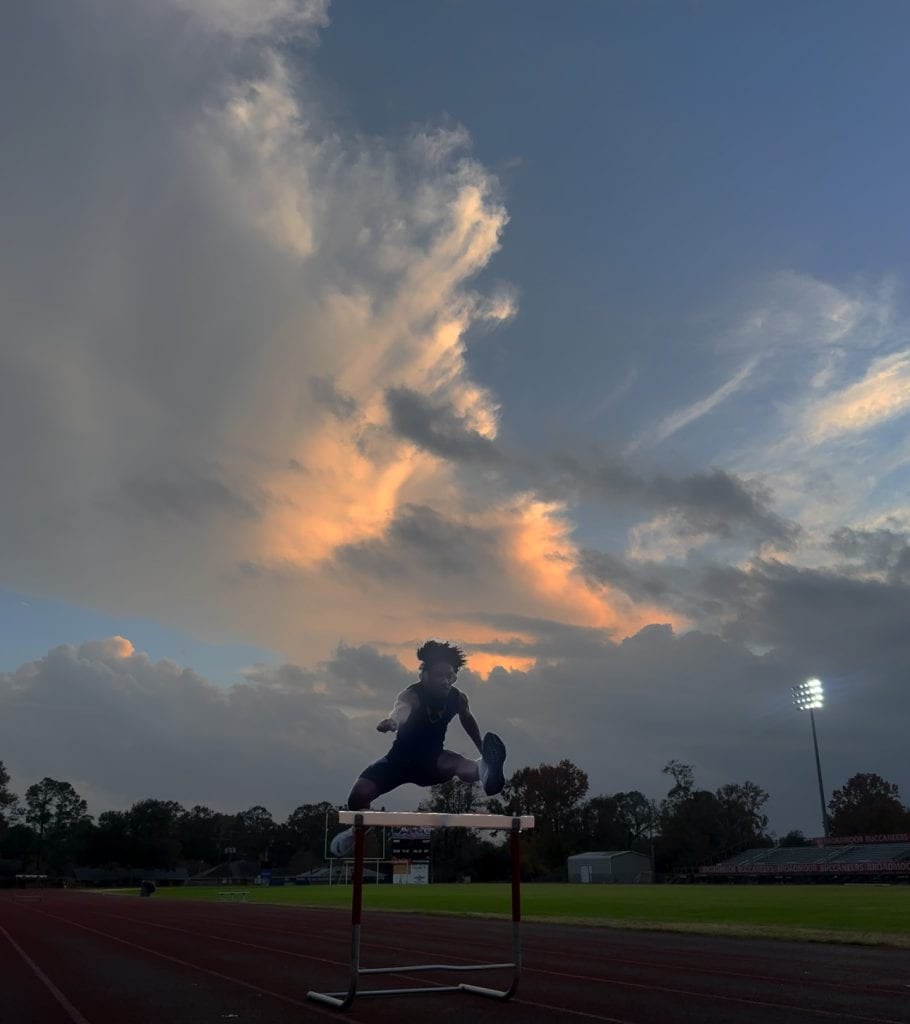File formats are important because the define how an image’s data looks, is stored, and interacted with.
JPEG: Stands for “Joint Photographic Experts Group.” JPEG is what many cameras are set as their default option. JPEG just looks like a standard photo.
HEIF: or “High Efficiency Image Format” is the newest type of format on the list. This format was created in 2015 and is used for editing programs. Programs including Lightroom, Photoshop, Affinity, and GIMP.
TIFF: Stands for “Tagged Image File Format” and this is another type of file that is used in the photography business. “TIFFs can smoothly convert JPEGs, so even of the end file format will be a JPEG, many photographers prefer to edit a TIFF.”
RAW: Most cameras can offer the option of shooting in RAW, including mirrorless models, DSLRs, and even smartphones. The use of the RAW format stores and captures all of the information as it is. Which means, how you see it. Is how it will be captured.
DNG: or Digital Negative, was created by Adobe in efforts to provide a version of a RAW file that can be used by ALL manufactures. This format stores is a “digital negative” that stores raw, uneditied camrea date
PNG: Is short for “Portable Network Graphic.” This particular file is a type of raster image file. This file works with web designers because it can handle graphics with transparent or semi-transparent backgrounds.
GIF: Which is short for “Graphic Interchange Format.” This is a format that most individuals use to express emotions and or jokes. These file formats are normally in motion.
BMP: This format is a Raster Format. It is another lossless file compression which means that contains pixels. BMPs are used by mac programs.
PSD: Is used by Adobe Photoshop to use and save data. The biggest advantage of using PSD is that it allows you to store edits using its individual layers rather than one image its self-life the other formats.














